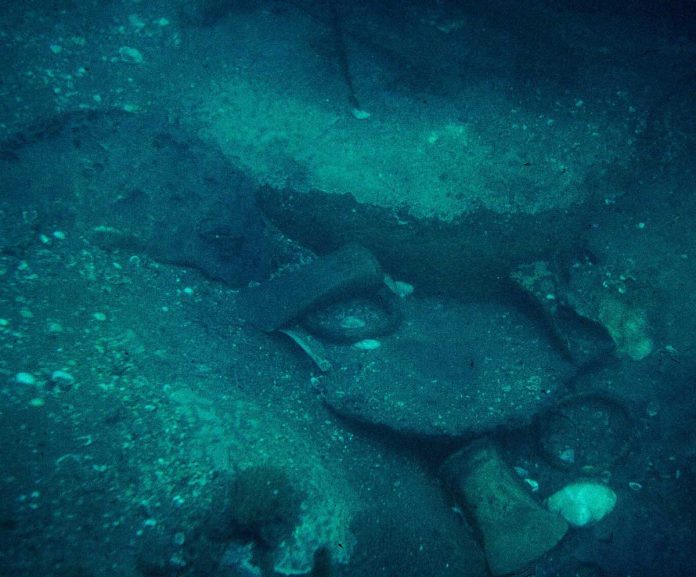Scientists are unlocking secrets about Early Iron Age trade routes by lead isotope analyses of ancient copper ingots. They are discovering indigenous Mediterranean communities’ functions. Flinders University and Institute of History archaeologists have analysed the origins of Iron Age metal from southwest France.
Four small boats have been found at an underwater site of Rochelongue which was carrying 800kg of copper ingots and 1,700 bronze artifacts. The boats were found in 1964, which dated back to 600 BCE. The boats contained pure copper with lead, antimony and silver.
Dr. Enrique Aragón Nunez, a Flinders University archaeology said that isotope analysis explains the making of different ingots. These ingots are similar to Iberian and eastern Alpine sources. These evidences show us that the water trade was active in between Atlantic, Continental and Mediterranean continents.
This finding has provided insight into coastal mobility and cultural interactions between France and Western Mediterranean in 600 BCE. This was the time before the Greeks permanently settled in this region.
Trade for metals has also introduced foreign cultural goods to indigenous communities.
The sizes, shapes and composition of the ingots also explains that they are collected from a diverse geographical source. The isotope analyses have provided much more comprehensive knowledge about the origin of the ingots. The research has also revealed that a diverse exchange of network has existed in this period to trade metals from one continent to another through maritime routes.
Associate Professor Wendy van Duivenvoorde of Flinders University Maritime Archaeology has said that the objects are important diagnostically because of their geological components, it will help to find out more about their processing and manufacture.
Researchers found the copper ingots are made of unalloyed copper with almost zero impurities. The researchers think the Rochelongue metals speak of indigenous agencies.

